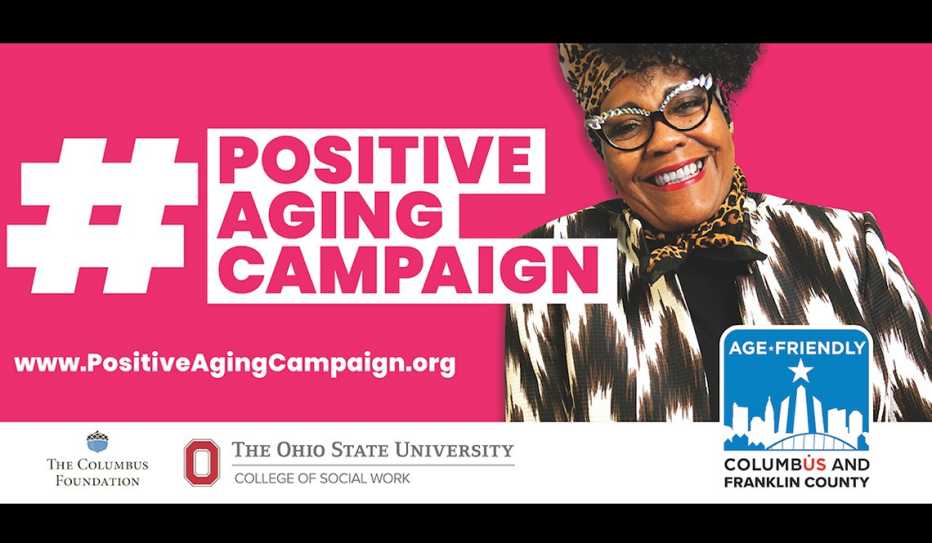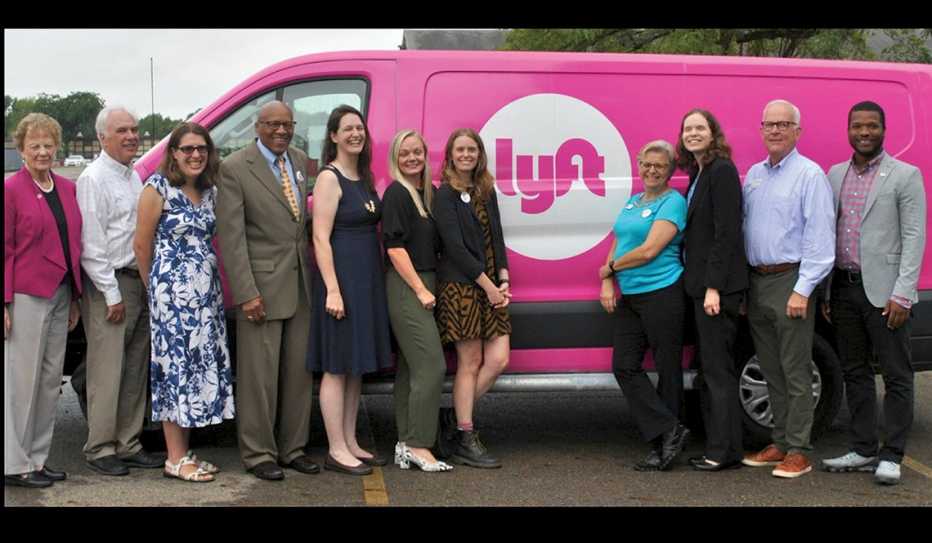AARP Hearing Center


The Community
Columbus, Ohio, which is located in Franklin County, is home to nearly 900,000 people, 10 percent of whom are 65 or older. More than 40 percent of residents are people of color. The city joined the AARP Network of Age-Friendly States and Communities in 2015 and completed its Age-Friendly Strategic Plan in 2017. The Age-Friendly Franklin County Strategic Plan was published in 2020. The city and county together make up Age-Friendly Columbus and Franklin County, a program of The Ohio State University College of Social Work.
Partner Organizations


- At Home by High
- Central Ohio Area Agency on Aging
- Central Ohio Transit Authority
- Clintonville-Beechwold Community Resources Center
- Columbus City Council
- Franklin County Board of Commissioners Office on Aging
- The Greater Columbus Network of Villages
- Mid-Ohio Regional Planning Commission
- Village Central
- Village Connections
- Village in the Ville
- Ville on the Hill
Community Representative
- Katie White, Director, Age-Friendly Communities, The Ohio State University College of Social Work
Equity Focus
- Accessible and equitable community-based planning and transportation access
The Work
Katie White describes the city's efforts to apply an equity lens to its work.
Committing to Equity
“We know we still have much work to do and that equity is a goal we will forever be working toward. We believe the work of Age-Friendly Columbus and Franklin County showcases a commitment to building an age-friendly community through an equitable approach," says White. "This is our fifth year of this work and, over time, we've implemented different strategies to engage and serve diverse elders and communities."
For instance, White explains, "we pilot new programs in our priority neighborhoods, defined as areas densely populated by vulnerable older adults. Over our three years of implementation and through community-based planning approaches, we have piloted neighborhood bus circulators, Villages [see below], tactical urbanism, a transportation program with Lyft [see the video below], a research program called Safe Routes to Age in Place and many other programs. In the early phases, we created a diverse 50+ Residents Council for guidance. Now that we're in implementation, members of the council are leading efforts to implement our action steps."
Representation Matters
"In March 2020 the initiative launched The Positive Aging Campaign, which involved diverse older adults for the photo and video shoots, design and brainstorming phases and message-testing to ensure that our work was inclusive," says White. "We then launched a second campaign highlighting older adults and caregivers through supportive messaging in six languages."
Using Data to Target Investments
Age-Friendly Columbus and Franklin County used data from the Age-Friendly Columbus Findings Report to target its focus groups, pilot programs and other resources to neighborhoods densely populated with vulnerable older adults, where "vulnerability" is defined by 12 indicators including race, income, disability and other measures. Neighborhoods were identified through utilization of a 2014 study called Meeting the Challenges of an Aging Population with Success."
"When we hold focus groups, we make sure that the location is accessible, that the materials are translated and that interpreters are available," says White. "We also sponsor transportation as needed, since we know that in order to work toward equitable participation, we need to identify and decrease potential barriers to participation."
In 2019, the initiative took a deep dive into transportation challenges and opportunities that were informed by focus groups with 120 individuals and held in six languages. (See the research brief below.) Age-Friendly Columbus and Franklin County's mobility project launched nine different programs, including:
- Two neighborhood circulator buses that stopped in locations selected by older neighborhood residents. The services were operated by a nonprofit partner, the Clintonville-Beechwold Community Resources Center.
- Creating and piloting Safe Routes to Age in Place, a study funded by the Ohio Department of Transportation that identified older adults’ transportation challenges and solutions with them in a collaborative manner.
- Highlighting the launch of the Central Ohio Transit Authority's "Mainstream on Demand" mobility service and its partnering with Uzurv [a paratransit provider] to offer an on-demand paratransit service, created in response to increased non-ADA paratransit needs.
- Piloting Lyfting Villages, a program in which rides are provided by Lyft to members of the aging-in-place Village to Village network when volunteer drivers aren't available. Transportation is coordinated by Village staff. (Watch the video, below.)
"With data as our guide, we rely on continuous input from our community members to ensure that we stay true to our mission," says White. "We know that by partnering with diverse older adults — the experience experts — we can have important conversations and drive community change that supports inclusive policies and programming. We acknowledge our role to carve out and protect space in important conversations on the inclusion of older adults of all ages, abilities, incomes, race and sexual orientation. If we remain dedicated to this type of inclusive community planning, we can continue our journey toward equity."
VIDEO: Lyfting Villages
Related Resources
- Age-Friendly Columbus and Franklin County
- Age-Friendly Columbus Findings Report
- Age-Friendly Franklin County Strategic Plan
- Age-Friendly Mobility Project
- 50+ Residents Council
- Meeting the Challenges of an Aging Population with Success.
- Positive Aging Campaign
- Research Brief: We Want to Go, But There Are No Options
- Safe Routes to Age in Place
- Village to Village Network
AARP Links
- Learn about the AARP Network of Age-Friendly States and Communities
- Check out the network's Member List
- Connect with AARP Ohio
- Read Age-Friendly Responses to COVID-19
Visit another community: Age-Friendly Network Communities and Equity
Reported by Mary Kay Bailey | Fall 2020 | Population data from the U.S. Census


























































